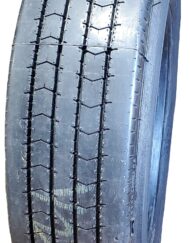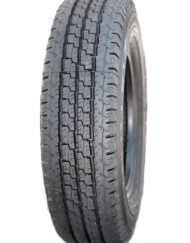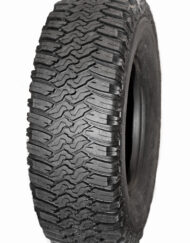Tire How-To’s: Rotating Your Tires
These days, everyone is looking to save a buck or two. Learning how to tackle some of the basic maintenance needs of your car can help you do just that. If you’re up for the challenge, rotating your tires on your own can both provide an economical way to manage money and also help you extend the life of your tires, making for a better overall return on investment. Ready to get started? Here’s everything you need to know.
Why Rotate Tires?
The tires on your vehicle wear differently, which can lead to uneven tread patterns. Tire rotation, that is, moving your tires around and placing them in different places every so often, can help account for this unevenness and ultimately make your tires last longer.
Tire Rotation Frequency
When it comes to tire rotation, how often you need to do so will depend on a number of factors. Generally speaking, most auto and tire manufacturers recommend rotating your tires at least every 5,000 miles, but you should consult with your car’s manual to be sure.
Necessary Tools
Before beginning your tire rotation, make sure you have the right equipment and tools. First, you’ll need a car jack to properly lift your vehicle so that you can remove the tires. Most cars come with a jack, but investing in a quality hydraulic floor jack is recommended for safety and effectiveness. Additionally, using jack stands to rest your vehicle on during the project can make rotating your tires easier and more efficient. Of course, you’ll also need a tire iron to loosen, remove and replace the lug nuts.
Tire Rotation Steps
- Engage your parking break for your added safety.
- Loosen the lug nuts on all four tires. Don’t remove them yet, just loosen them.
- Lift one tire up using the jack and place the jack stand underneath. Repeat with other wheels.
- Remove the tires and rotate them to their new position.
- Tighten the lug nuts on all tires.
- Lower the vehicle from the jack stands.
- Tighten the lug nuts more to ensure proper adherence and fit.
Once you’ve completed the task at hand, remember to write down your current mileage so you can determine when you’ll need to rotate your tires again. And don’t forget to give yourself a big pat on the back for a job well-done!




